Search Results for 'Shambles Barracks'
11 results found.
Going back to school
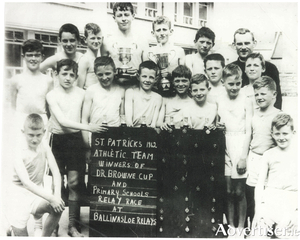
This is the time of year when parents are preparing to get their children ready for going back to school, when the kids are feeling sorry for themselves, and their days of carefree freedom in the sunshine are coming to an end.
College House and Monastery School

This property originally consisted of College House, fronting on Market Street, and the Monastery School to the rear of Bowling Green with the residence of the Patrician Brothers to the east of the enclosed quadrangle and the out offices to the west thereof.
Galway Cathedral
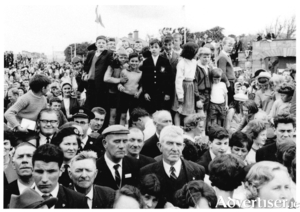
The first bishop of the Diocese was George Browne (1831-1844). He was followed by Lawrence O’Donnell (1844-1855); John McEvilly (1955-1883); Francis Carr (1883-1888); Francis McCormack (1888-1908); Thomas O’Dea (1908-1923); Thomas Doherty (1923-1936); and Michael Browne (1937-1976).
St Patrick’s National School

On January 15, 1827 two Patrician Brothers, Paul O’Connor and James Walsh, took up residence in Lombard Street and set up the Monastery School. The attendance on that first day was 300 boys, many of whom had little interest in learning because they were poor and hungry. So the Brothers set up The Poor Boy’s Breakfast Institute in May 1830. It continued seven days a week, 365 days a year for many years after the founders' time. The breakfast consisted of porridge with molasses or treacle, and during the Famine, they fed 1,000 boys every day. The ‘Old Mon’ became a vital cog in education in Galway.
One hundred and ninety five years of the Patrician Brothers in Galway

In 1790, the Rev Augustine Kirwan, Catholic warden of Galway, established the Galway Charity School near the Shambles Barracks for the education of poor boys. For a variety of reasons, the school failed and eventually, the Brothers of St Patrick, also known as the Patrician Brothers, an order founded in 1808, were invited to take charge.
One hundred and ninety five years of the Patrician Brothers in Galway

In 1790, the Rev Augustine Kirwan, Catholic warden of Galway, established the Galway Charity School near the Shambles Barracks for the education of poor boys. For a variety of reasons, the school failed and eventually, the Brothers of St Patrick, also known as the Patrician Brothers, an order founded in 1808, were invited to take charge.
Going to market
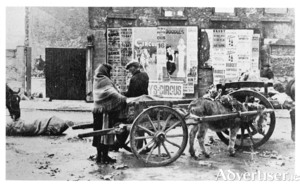
“Every Saturday morning a procession of donkey-carts set out, nose to tail, for the market in Galway. This took place in the triangular patch by the Collegiate Church of St Nicholas. It dates from 1320 and was dedicated to St Nicholas, the patron saint of sailors, who was chosen then as the patron saint of Galway. There the donkeys were unharnessed and tethered to a wheel, the shafts were let down to the ground and the goods to be sold were displayed on the sloping cart. Vendors came from many more prosperous areas and their wares were a source of envy to those who lived in the congested strip along the coast. Eggs in big wicker baskets with hinged lids, ducks, hens and chickens, wooden kegs of buttermilk, home churned butter laid in rolls on cabbage-leaves, cabbages, onions, sometimes geese, hand-knitted socks – all sold briskly throughout the morning to the people of the town.
Two centuries on, Tom Molineux is honoured by a world champion

A 200-year-old promise was fulfilled in Mervue yesterday Wednesday as the final resting place of freed slave and champion bare-knuckle boxer Tom Molineaux was commemorated with a headstone, unveiled by undisputed world boxing champion Katie Taylor.
Museum to host exhibition on African-American champion fighter buried in Galway
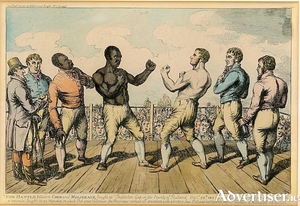
AN EXHIBITION about a leading African-American bare-knuckle fighter of the 1800s, who later lived and died in Galway, officially opens at the Galway City Museum today at 5pm.
Calling all graduates of St Patrick’s National School
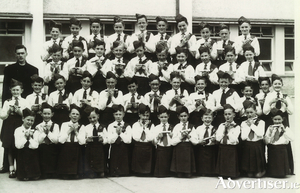
On April 1, 1954, 941 boys marched from the Bish National School, Nuns’ Island, and from the Old Mon in Market Street to their ultra-modern bright new school, St Patrick’s, which was situated at the corner of Lombard Street and Bridge Street. The new school was built on a site which had been the location of the Shambles Barracks, which was occupied by the British army for many years up until 1909.

